Setting Up Your Baby Monitor for Maximum Safety
Selecting the Optimal Room for Monitor Placement
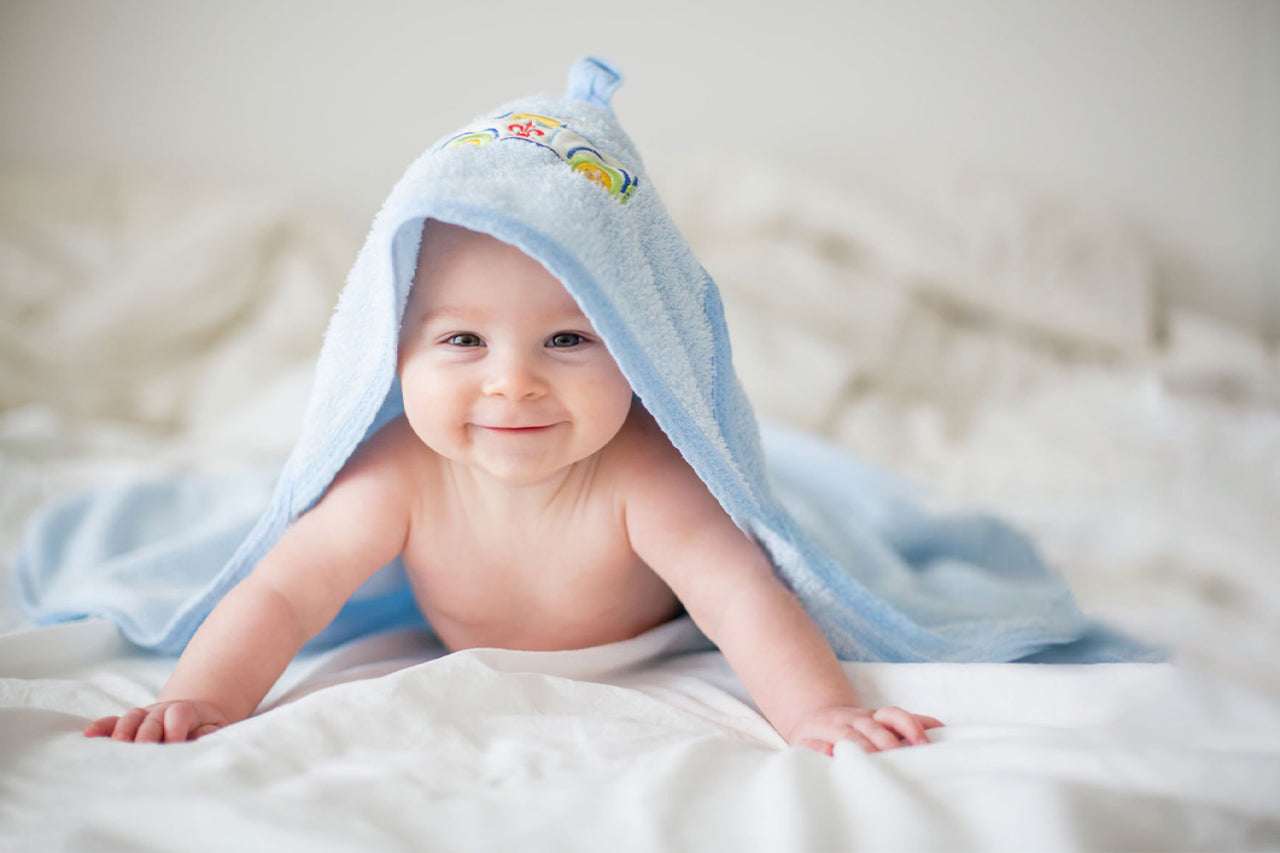
Positioning Above the Crib or Bed
What works:
What doesn’t:
Considerations for Wall-Mounted Monitors
Safety checklist:
Bonus value:
Setting Up on Shelves or Dressers
Ask yourself:
Better placements:
Avoid:
Maximizing Coverage with Corner Placement
| Pros | Cons |
|---|---|
| Wide-angle room view | Harder to adjust angle |
| Covers sleep + play area | May reflect glare from nearby windows |
| Keeps gear out of the way | Obstruction from wall trim or drapes |
Best use:
Differentiating Placement Between Newborns and Toddlers
For Newborns
For Toddlers
| Feature | Newborns | Toddlers |
|---|---|---|
| Viewing angle | Narrow, downward | Wide, panoramic |
| Monitor height | Lower | Higher |
| Focus zone | Crib | Room |
Safeguarding Against Cord Hazards
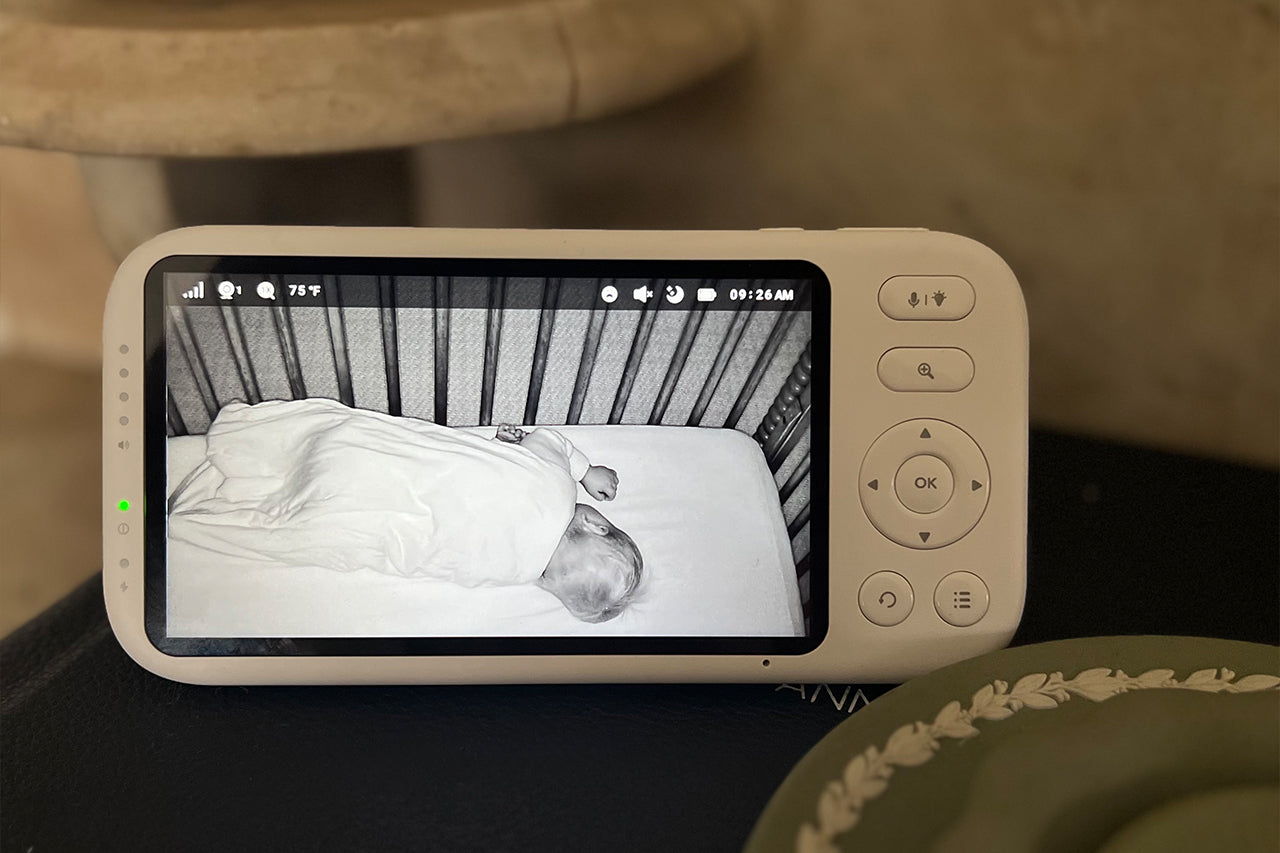
Adjusting for Temperature and Noise Factors
Final Thoughts
Trending Articles
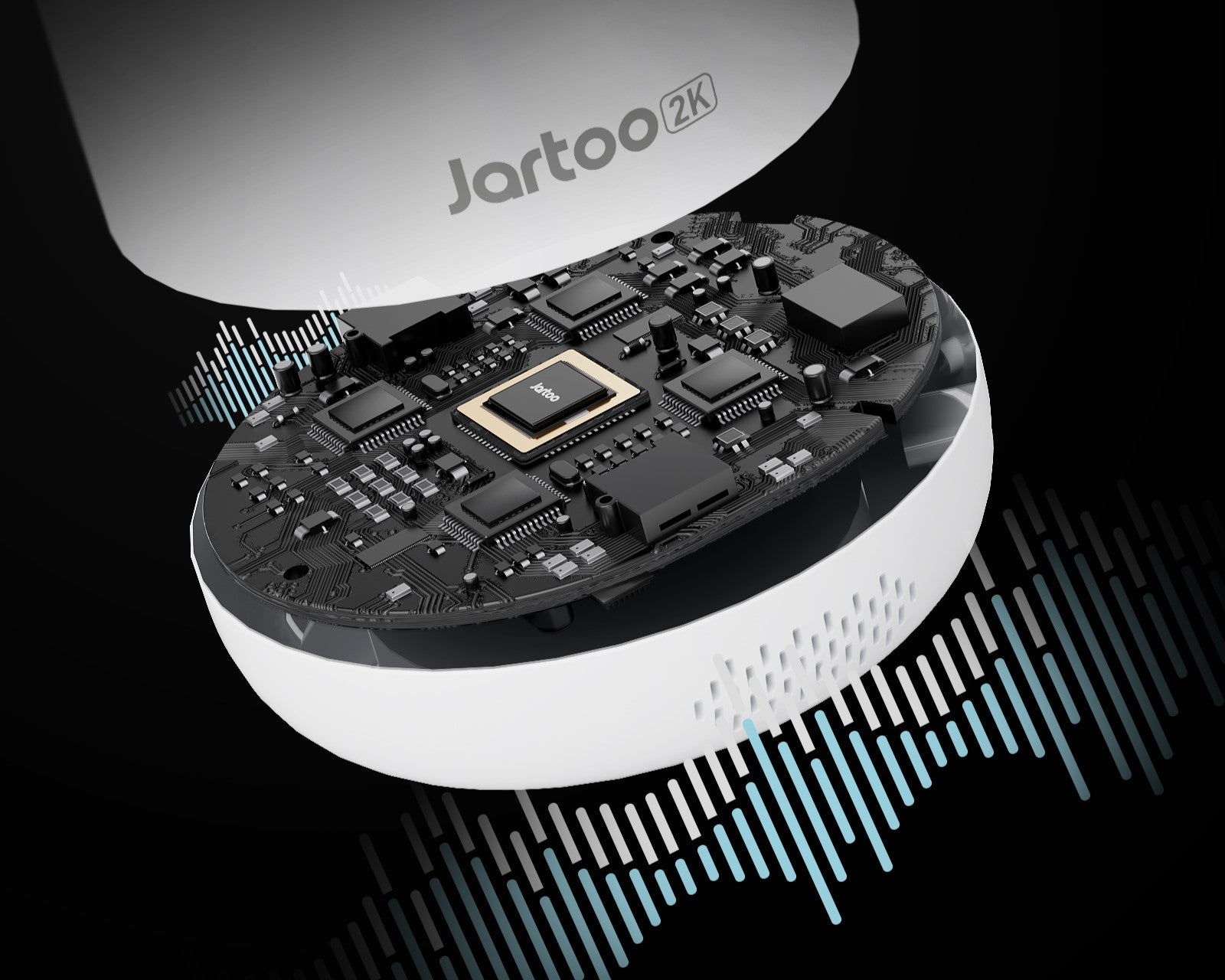
Title

Title

Title

Title

Title

Title

Title
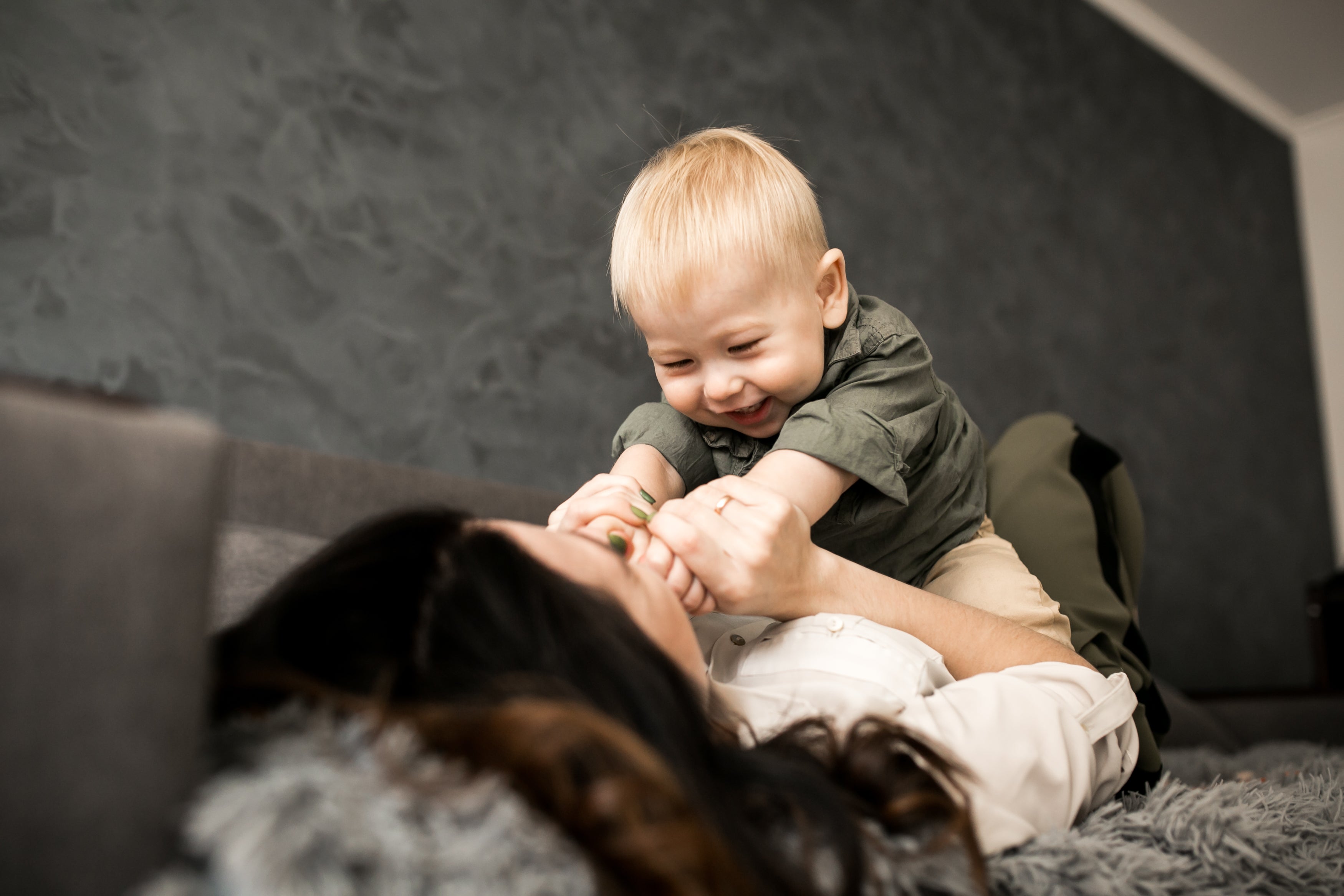
Title
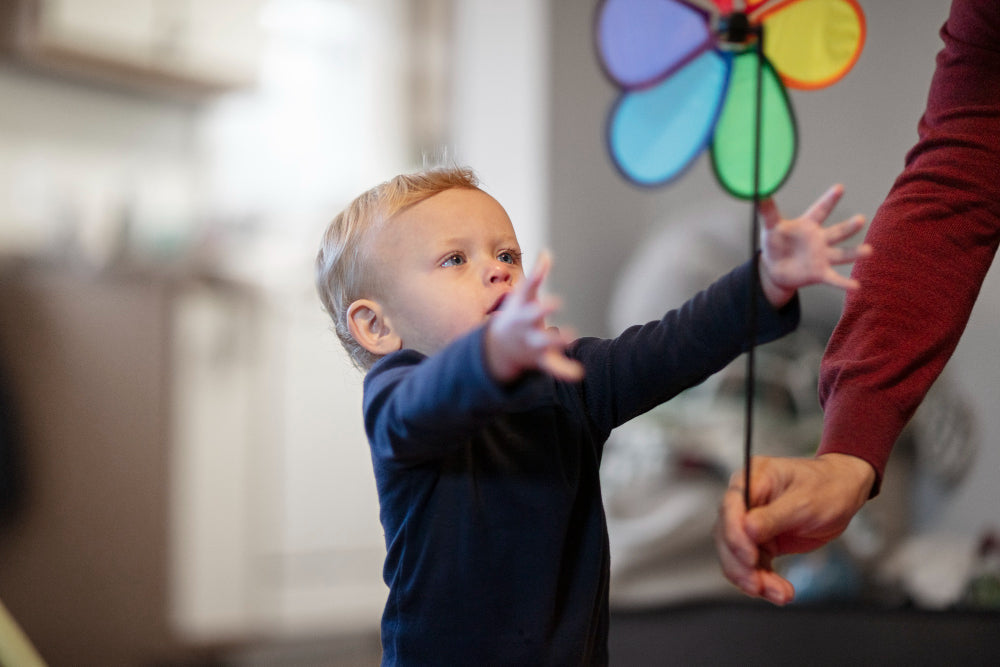
Title
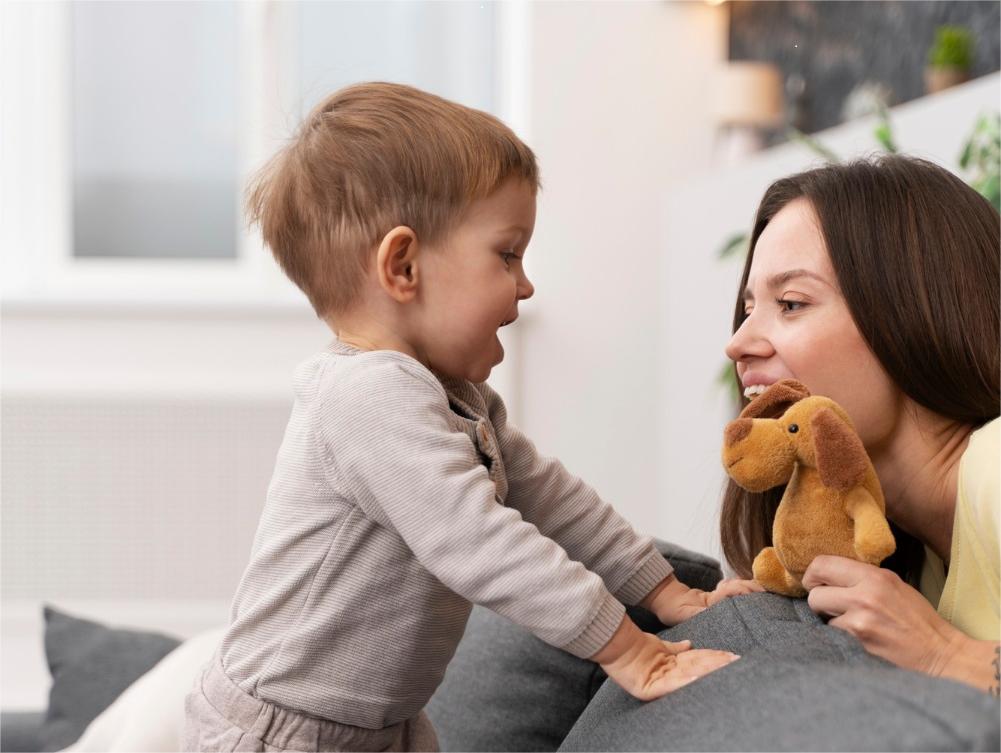
Title
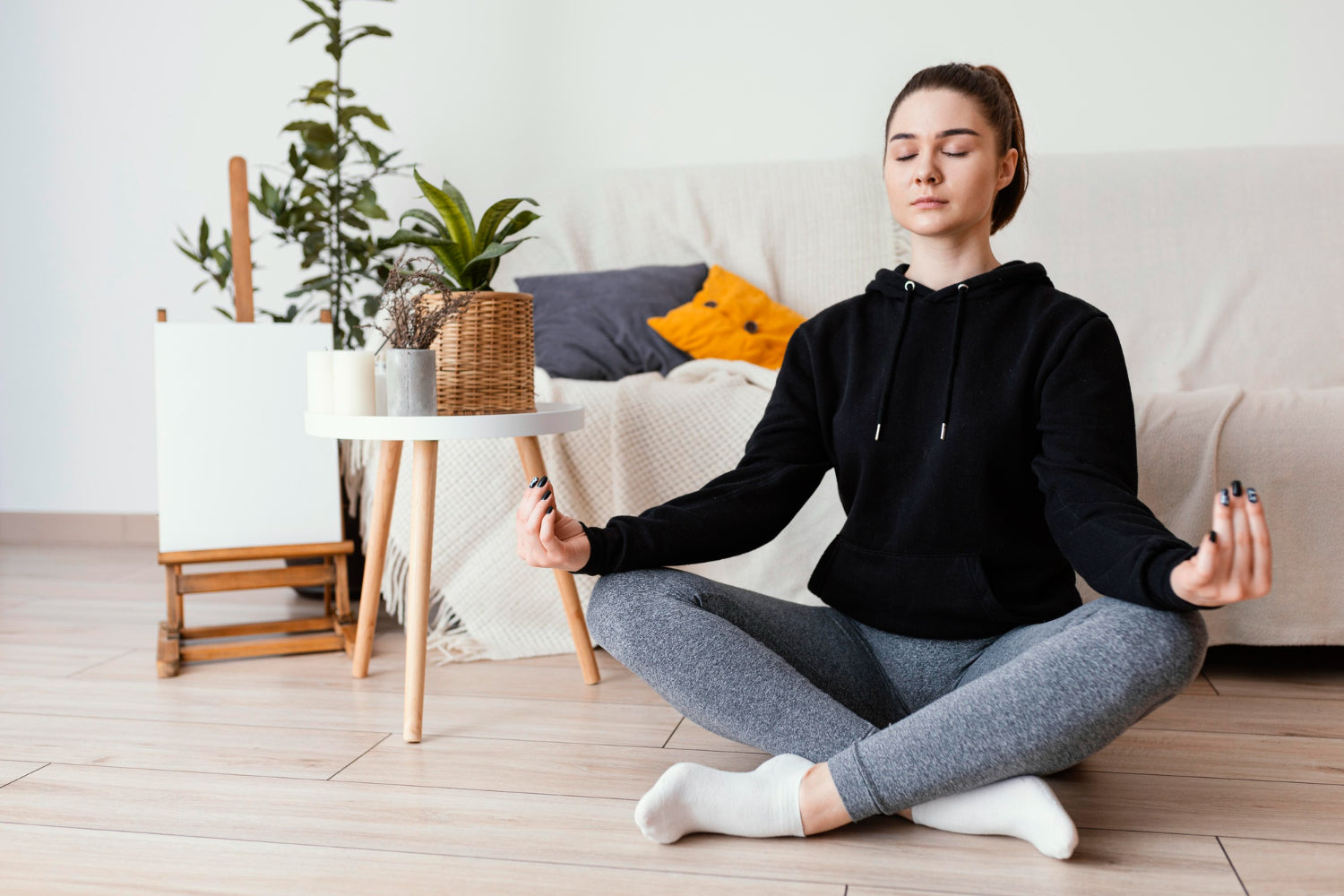
Title

Title